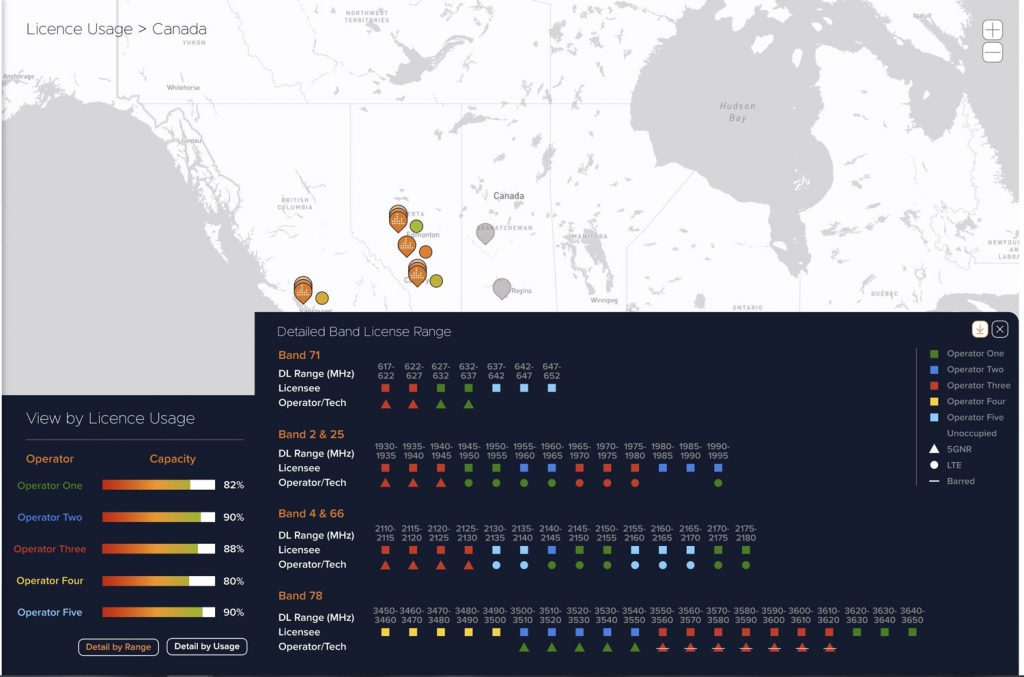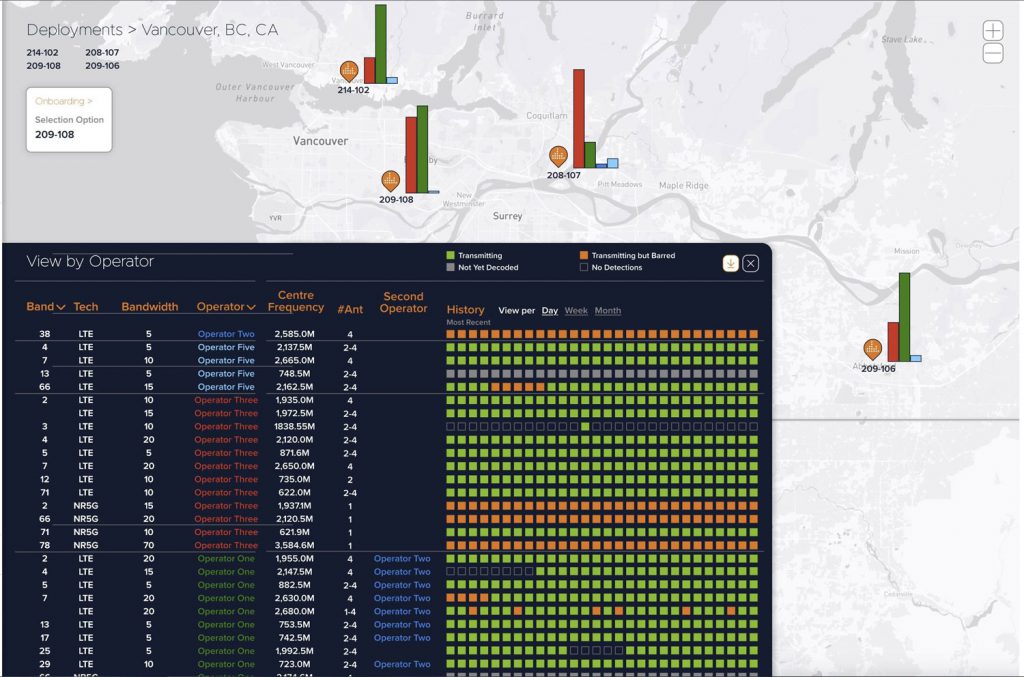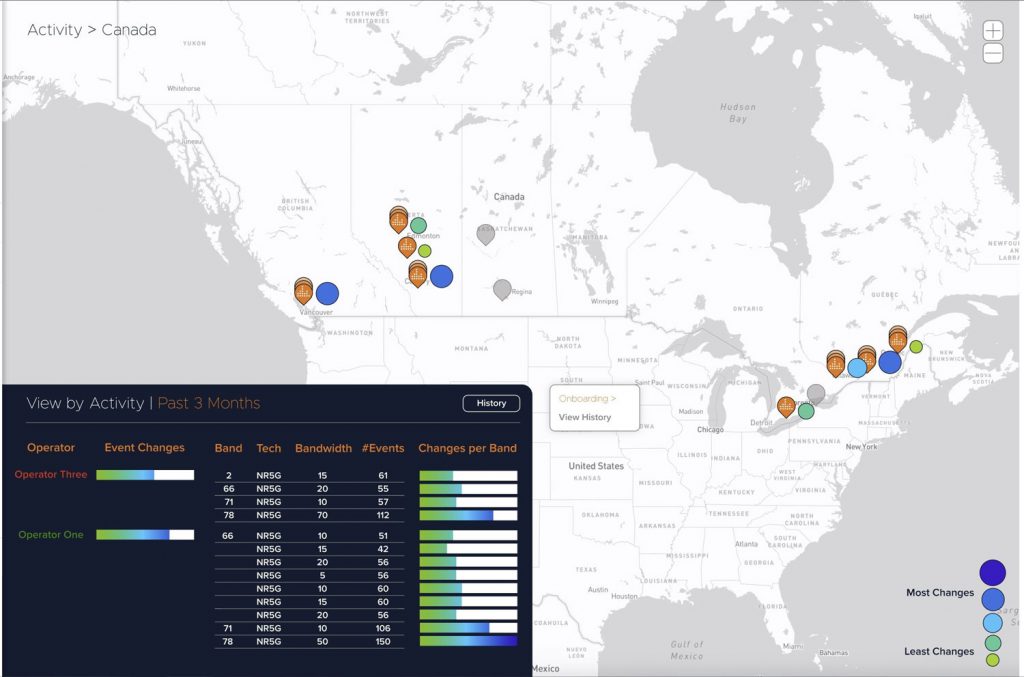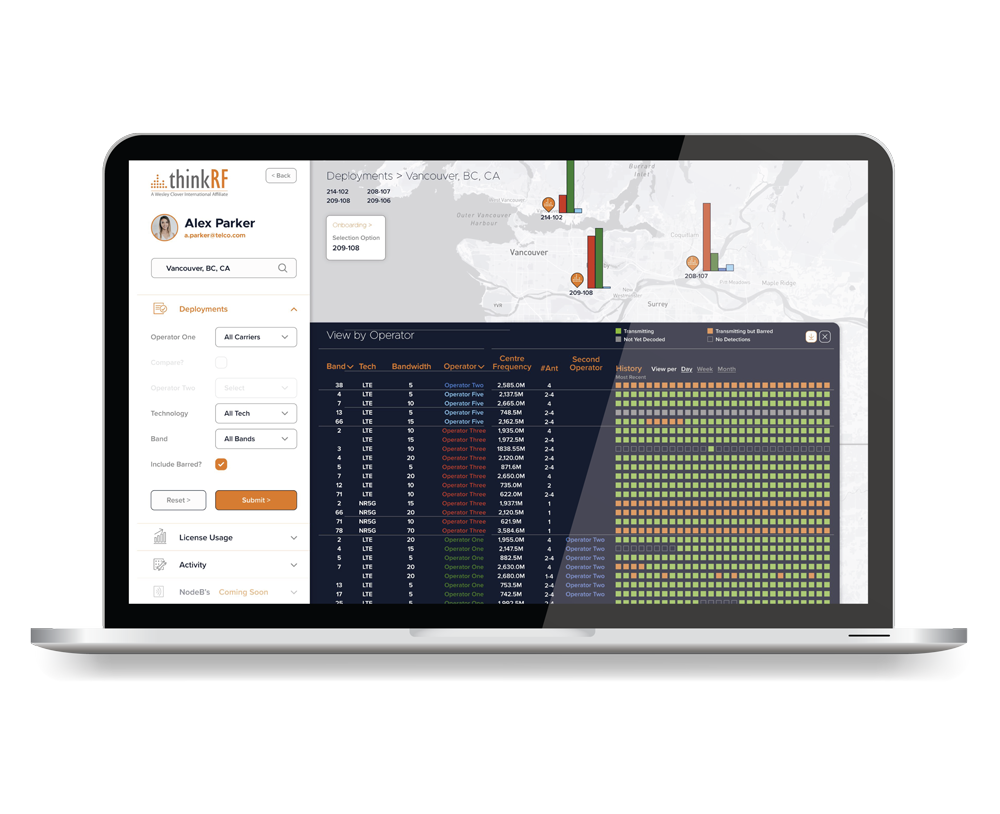
TOP 5 Reasons Why RF Drive Tests Fall Short
Stop repeating RF drive tests when conditions change and resolve the same issue over and over again.
RF drive testing is used to measure and assess the coverage, capacity and Quality of Service (QoS) of a mobile radio network. While this method of data collection is quite common, it has its limitations and cannot provide a competitive edge to Mobile Network Operators (MNOs).
RF Drive Tests are Reactive
RF drive tests are generally performed in response to a failure or complaint. They are reactive in nature and cannot proactively measure changes in spectrum performance to pre-empt and solve issues before they occur. MNOs require continuous, real-time data for effective decision making and strategic planning purposes.
RF Drive Tests Fail to Capture Intermittent Events
RF drive tests are sporadic and reactive in nature. They only capture a snapshot in time and could miss important intermittent events. Continuous data collection is needed to provide full visibility for MNOs.
Difficulty to Ingest RF Drive Test Data
Collecting the data is one thing, ingesting and making sense of it all is another. Interpreting RF drive test data is very difficult and time consuming, not to mention the pressure to act quickly to feed critical data points back into the organization before the captured data becomes stale.
RF Drive Tests don’t Provide Flexibility to Address Errors
In the event that errors occurred during an RF drive test data capture, the entire test has to be repeated. This would cause time delays and incur additional costs.
24/7 Intelligence
Mobile Network Operators (MNOs) require reliable, real-time, and continuous data to be able to make effective purchasing and strategy decisions. thinkRF provides spectrum intelligence that is:
Collecting data is easy and fast
With Spectrum eXperience Management (SXM), MNOs can characterize, optimize, and protect vital RF spectrum networks with real-time insights. Featuring autonomous, no-touch operation in temperatures from -40 C to +55 C, each SXM node immediately starts feeding data back to the SXM cloud once it has been turned on. Being cloud-connected, frequent updates are provided which continuously enhance performance, reliability, and functionality.
Say goodbye to RF drive tests and request a demo for real-time spectrum intelligence with SXM today!

View License Usage

View Operators

View Activities
Join the #spectrumrevolution

Spectrum Squatting Verified by SXM!
This case study proves spectrum squatting by an operator in Canada with concrete evidence. Read this case study to explore how a spectrum monitoring program was put in place continuously characterizing what infrastructure had been deployed by which operators and using what technologies.
Tip of the day: you will see which operators like Bell, Rogers, TELUS, and others are utilizing how much of their licensed spectrum!